How many times have you seen a big old patch of lawn in the middle of Abu Dhabi and cringed? Lush green grass does not belong in the desert, and trying to make it so wastes water. That’s why Thomas Heartherwick came up with the idea of covering up an existing park with a shaded canopy, and it looks like a cracked desert landscape.
Abu Dhabi approached Thomas Heatherwick, a well-known and well-respected architect currently based in London, to rethink an existing park in Abu Dhabi.
“The existing public space evoked the style of a european park by covering the desert with a blanket of grass,” writes the studio.
“However, counteracting evaporation caused by the intensity of the sun was requiring a significant amount of purified water to irrigate it, produced industrially from salty sea water using a costly and high energy consuming desalination process.”
In response, the studio came up with the idea of creating a continuous domed canopy lifted about 65 feet off the ground. From above they look like cracks in the earth created by the desert sun, but below, they shelter a rich, cool and well-ventilated urban oasis.
“The idea for the park’s design developed in response to these challenges and as a way of celebrating the beauty of the desert and its distinct surrounding landscape,” the studio writes. “Instead of denying the presence of the desert that the city is built on, we set ourselves the task of making a park out of the desert itself.”
Related: Abu Dhabi is phasing out cars and Siemens wants to help
In addition to improving quality of life for residents of Abu Dhabi, who have to contend with rapid urbanization, thepark provides facilities for both learning and community activities.
Once completed circa 2017, the park will have cafés, play spaces, a library, pools and streams, as well as date palms and community vegetable gardens. There will also be a mosque, an outdoor cinema and indoor and outdoor performance areas.
“By creating partial shade for the planting, the canopy aims to reduce the amount of water lost to evaporation and so will improve the park’s energy efficiency and sustainability,” writes the studio.
Shaded during the day, and illuminated at night, the new and improved Al Fayah Park is bound to be a huge hit among locals.
:: Dezeen

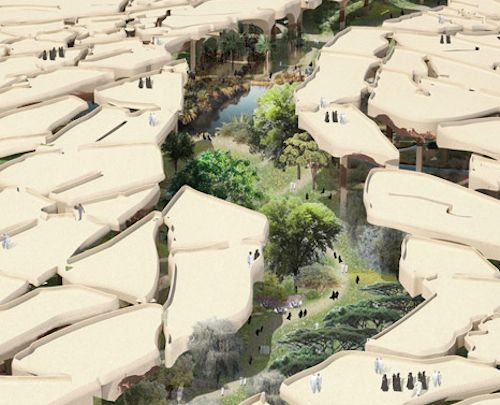
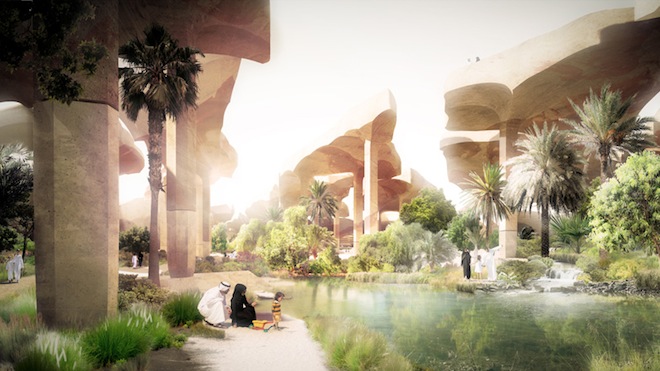
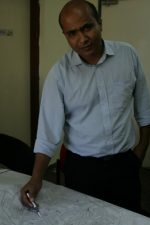
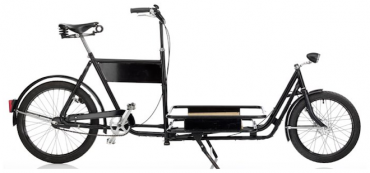
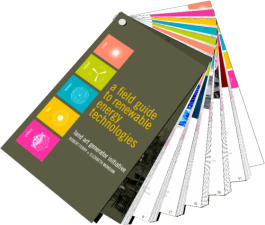
wow…
seriously, they should stop building parks in the desert altogether. Heatherwick is not improving the sustainability of that non-sense in any way. Just calculate the amount of construction material into the equation of grey energy…the end must be really nigh, if we think of something like that as a “solution”.